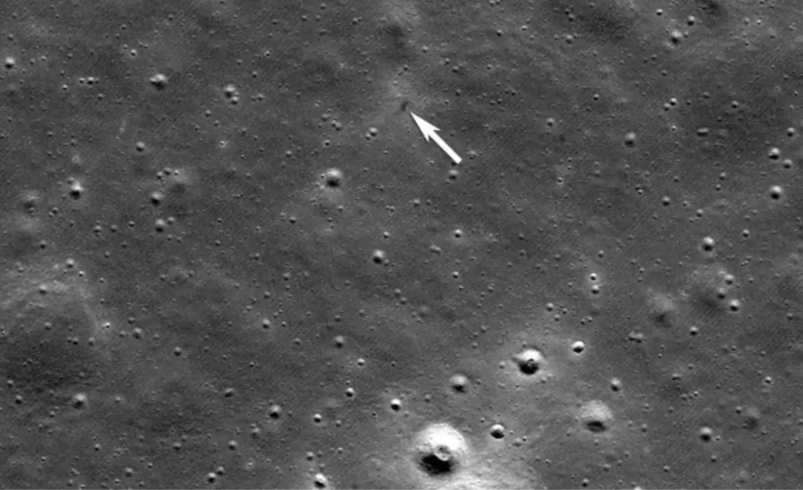NASA Identifies Crash Site of Japan’s Resilience Lander on Moon
- June 23, 2025
- 0

NASA’s Lunar Reconnaissance Orbiter has successfully identified the crash site of Japan’s Resilience moon lander, which was part of a mission by the private company ispace. The lander was set to achieve a historic touchdown in the lunar region known as Mare Frigoris. However, during its descent, communication with the lander was abruptly lost, leading to its failure to land as planned. The high-resolution image captured by NASA reveals a dark smudge on the lunar surface, indicative of a high-speed impact at the crash site.
The Resilience lander was not just a technological endeavour but also carried a microrover with artistic elements onboard. Unfortunately, this microrover was also lost in the crash. This incident marks the second unsuccessful attempt by ispace to achieve a lunar landing, highlighting the significant challenges faced by private companies in space exploration.
The mission’s failure underscores the complexities and risks associated with lunar missions, especially for private enterprises striving to make their mark in space exploration. Despite the setback, such missions are crucial for advancing technology and understanding of lunar conditions, which are essential for future explorations and potential colonization efforts.
NASA’s role in identifying the crash site demonstrates the importance of international cooperation and technological support in space exploration endeavours. The data gathered from such incidents can provide valuable insights into improving future missions and enhancing the reliability of landing technologies.
As private companies continue to push boundaries in space exploration, each mission contributes to a broader understanding of space travel’s challenges and opportunities. The lessons learned from these experiences are vital for paving the way for successful future missions and fostering innovation in space technology.